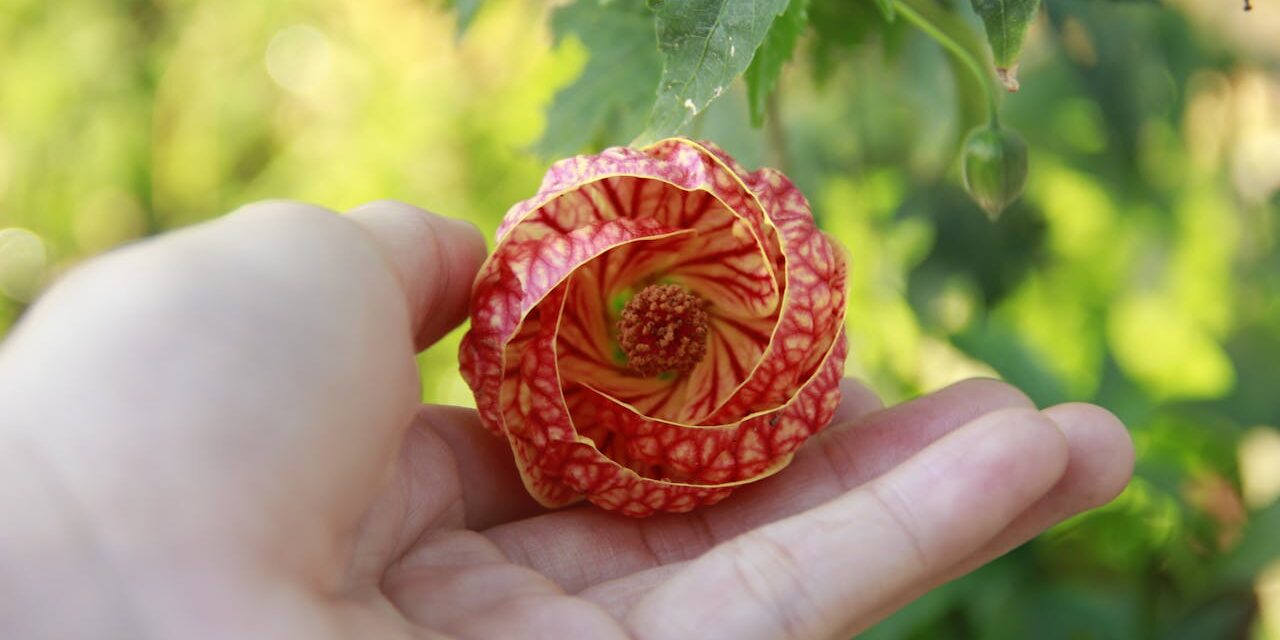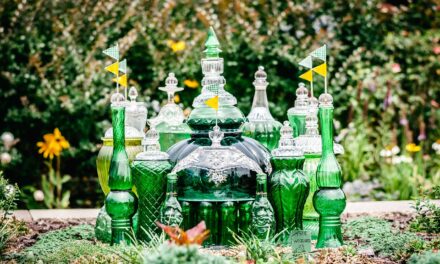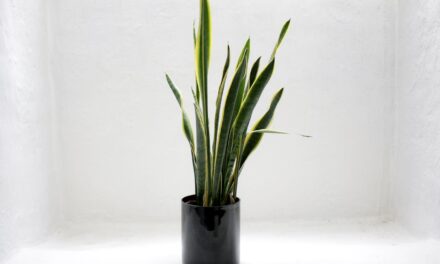As a diehard gardener and houseplant enthusiast, I was delighted to discover the versatile and charming Abutilon species.
Also known as “flowering maple,” these plants bring a touch of magic to any garden or indoor space. Join me as I delve into the fascinating history of Abutilon, share practical tips on caring for these plants, and discuss how you can cultivate these beauties in your home or garden.
Table of Contents
A Storied Past: The Origins of Abutilon
Abutilon, a member of the Malvaceae family, boasts over 150 species and is native to tropical and subtropical regions.
Many believe its origins lie in South America, with some species also found in Central America, Africa, Asia, and Australia. Throughout history, the various Abutilon species have been used for medicinal purposes, textile production, and ornamental gardening.
In traditional medicine, certain species of Abutilon have been used to treat ailments such as fever, inflammation, and gastrointestinal disorders. Additionally, the bark of some species can be used to make a strong, durable fiber used for textiles, ropes, and fishing nets.
It’s no wonder these plants have captured the interest of gardeners and plant lovers alike.
Caring for Your Abutilon: Essential Tips
Whether you’re a super seasoned gardener or a newcomer to the plant world, Abutilon is a relatively low-maintenance and rewarding plant to care for.
Here are some essential tips to ensure your Abutilon thrives:
1. Light and Temperature Requirements
Abutilon plants love bright, indirect light.
If you’re growing them indoors, place them near a south-facing or east-facing window. Choose a location that provides dappled shade or morning sun for outdoor plants. Abutilon is sensitive to temperature fluctuations, so aim to keep the environment between 60°F and 75°F.
2. Watering and Humidity
Regular watering is crucial for the health of your Abutilon.
Keep the soil consistently moist, but avoid over-watering to prevent root rot. In the summer months, you may need to water more frequently. Maintaining humidity around the plant is essential, mainly if grown indoors. Place a tray of water and pebbles under the pot, or mist the leaves occasionally to increase humidity.
3. Soil and Fertilization
Abutilon thrives in well-draining, fertile soil with a slightly acidic to neutral pH.
Mix peat moss, perlite, and garden soil for the ideal growing medium. Feed your plant with a balanced, liquid fertilizer every 2-4 weeks during the growing season.
4. Pruning and Training
To maintain a bushy and compact appearance, prune your Abutilon regularly, especially during the growing season. Remove all of the dead or damaged leaves, and trim back the leggy growth. You can also train your Abutilon into a tree form by removing lower branches and staking the main stem.
Cultivating Abutilon: Tips for Propagation
One of the joys of growing Abutilon is the ability to propagate and share these beautiful plants with friends and family. There are two main methods of propagation:
- Cuttings: Take a 4-6 inch stem cutting from a healthy plant, remove the lower leaves, and dip the cut end in the rooting hormone. Place the cutting in moist, well-draining soil and cover it with a plastic bag to maintain humidity. Rooting should occur within 3-4 weeks.
- Seeds: Sow Abutilon seeds in a well-draining soil mix, lightly covering them with soil.
Keep the soil moist continually and maintain a temperature of 65°F to 75°F. Germination typically occurs within two to four weeks. Once seedlings have developed several sets of leaves, transplant them into individual pots.
Abutilon Varieties: A World of Color and Form
One of the fascinating aspects of the Abutilon genus is the vast array of colors and forms available. Here are some popular varieties to consider for your collection:
- Abutilon megapotamicum: Known for its striking red and yellow lantern-like flowers, this variety is a showstopper.
- Abutilon ‘Kentish Belle’: A delightful hybrid with delicate peach and yellow flowers contrasting beautifully against its dark green foliage.
- Abutilon ‘Nabob’: Featuring deep red flowers and dark green leaves, this variety adds a touch of drama to any garden.
- Abutilon pictum ‘Thompsonii’: A variegated variety boasting green leaves splashed with yellow and orange-red flowers.
The Magic of Abutilon
As we’ve explored Abutilon’s history, care, and cultivation, it’s clear that these plants hold a special place in gardeners’ and enthusiasts’ hearts. With their elegant, bell-shaped flowers, diverse colors and forms, and relatively low-maintenance requirements, Abutilon is a lovely accompaniment to any indoor or outdoor space.
Have I piqued your interest in the enchanting world of Abutilon? Will you add one of these beauties to your plant collection or garden? And if you’re already an Abutilon aficionado, what varieties are your favorites?
Happy gardening!





